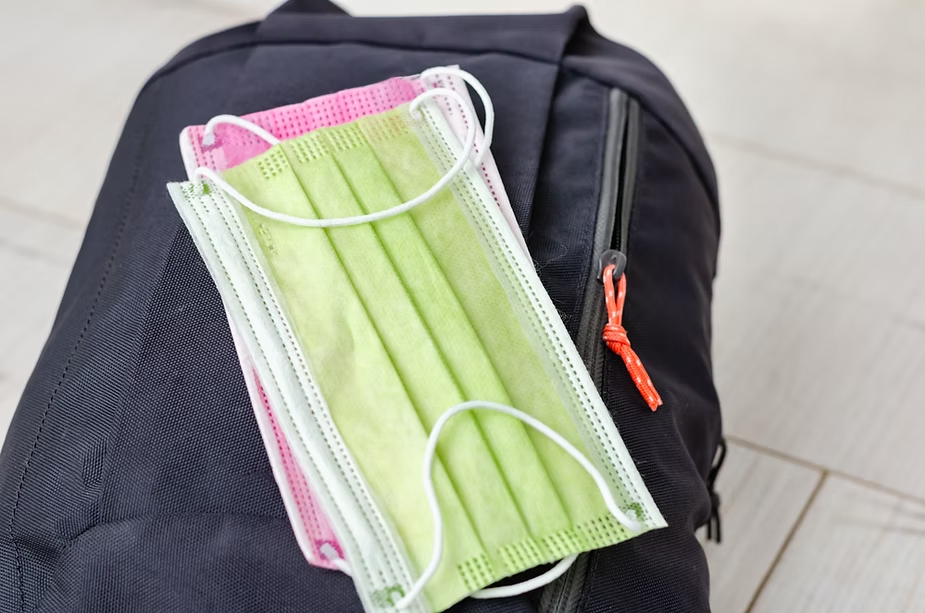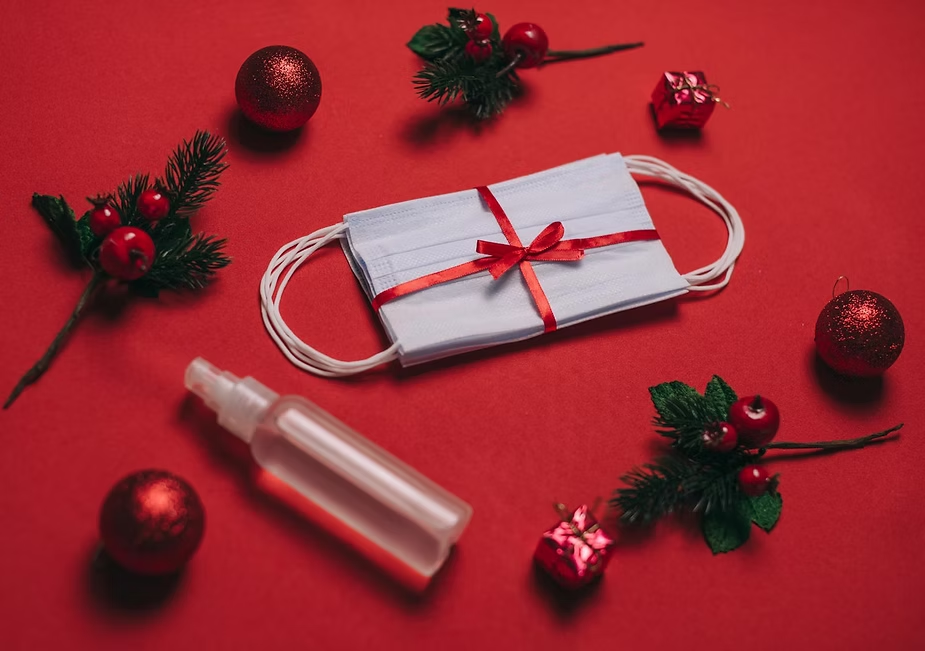Hurricane season has begun, so it’s important for kidney patients to prepare their contingency plan. A fundamental part of your contingency plan includes your diet.
Most people on hemodialysis receive treatments three times a week for about four hours a day. This means that in the days between dialysis treatments, the body retains excess fluid and waste that the kidneys cannot eliminate.
During an emergency, since it is unknown how long the patient will be without treatment, they should monitor their protein, sodium, potassium, and fluid intake to prevent an increase in waste products in the blood. To this end, Atlantis Health Care Group makes the following recommendations:
- Maintain a diet low in high-biological-value proteins to stay well-nourished and healthy without producing excess potassium that can’t be eliminated until your next dialysis treatment. Only 40-50 grams of potassium per day is recommended.
- Maintain a low-sodium diet. Eat no-salt-added or low-salt foods, rinse canned foods, and prefer spices instead of high-sodium marinades to flavor your meals. The recommended daily intake is 1,500 milligrams of sodium.
- Avoid foods high in potassium. Only 1,500 milligrams a day is recommended.
- Limit fluid intake to 16 ounces a day, half of what is usually recommended.
- Check expiration dates on food every six months, as appropriate.
- If you have diabetes, keep glucose tablets, sugar, candy, low-potassium fruit juice, etc., on hand for possible hypoglycemic events.
- During the pandemic, have gloves, disposable masks, and disinfectant alcohol available.
Food for the backpack:
- 12 4-ounce cans of fruit (applesauce, pears, peaches, pineapple)
- 1 small box of wheat or rice crackers
- 1 box of low-salt crackers
- 2 bottles of jelly, jam or honey
- 3 bags of candy (gummies, mints, fruit chocolates)
- 3 cans of 85-213g of low-salt tuna or salmon or 156g of low-salt specification chicken or turkey
- 1 small jar of peanut butter
- 1 container of skimmed milk powder or 1 can of evaporated milk
- 1 2 L bottle of water
This educational article was written by Yazmín Concepción Orozco, RDN, LND and Celimar Collado Hernández, RDN, LND .



